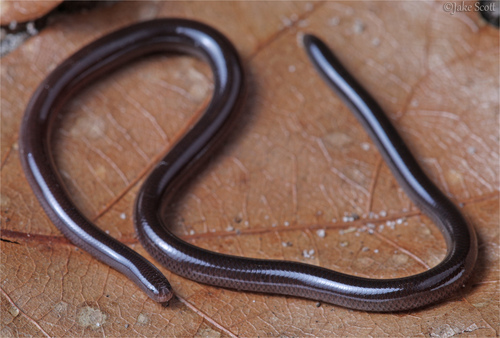
Brahminy Blindsnake
The Brahminy blind snake, Indotyphlops braminus, is a tiny, glossy serpent resembling an earthworm. Unique for its asexual reproduction, this subterranean dweller curtails ant and termite numbers, aiding soil health. Its widespread adaptability makes it a fascinating model of ecological resilience across diverse habitats.
Length: 11 - 17 cm
Size
Brown, Grey, Purple
Color
Low
Aggression
Least Concern
Conservation Status
Increasing
Population Trend
Characteristics
Indotyphlops braminus, commonly known as the Brahminy blind snake, is a small, burrowing snake native to South and Southeast Asia. It is parthenogenetic, meaning it reproduces without fertilization, and is often mistaken for an earthworm due to its slender, shiny, and smooth body. It thrives in loose soil and leaf litter, playing a role in controlling ant and termite populations.
Distribution Range of the Brahminy Blindsnake
Indotyphlops braminus, commonly known as the Brahminy Blind Snake, is native to Southeast Asia. This species is originally found in countries such as India, Sri Lanka, Bangladesh, Myanmar, and parts of Southeast Asia, including Thailand and Cambodia.
Brahminy Blindsnake's Habitat
Environmental Conditions
The Brahminy Blind Snake typically inhabits warm and humid environments. It is often found in moist soil, under leaf litter, and within decaying vegetation in tropical and subtropical regions. These snakes are fossorial, meaning they are adapted to life underground, which suits their preference for humid microhabitats.
Ecological Niche
Indotyphlops braminus occupies a niche as a soil-dwelling organism that primarily feeds on ants and termites. Its presence in the soil ecosystem helps control the populations of these insects. Due to its small size and secretive nature, it is often overlooked but plays a role in the nutrient cycling within its habitat.
Copyright @ Nature Style Limited. All Rights Reserved.
 English
English